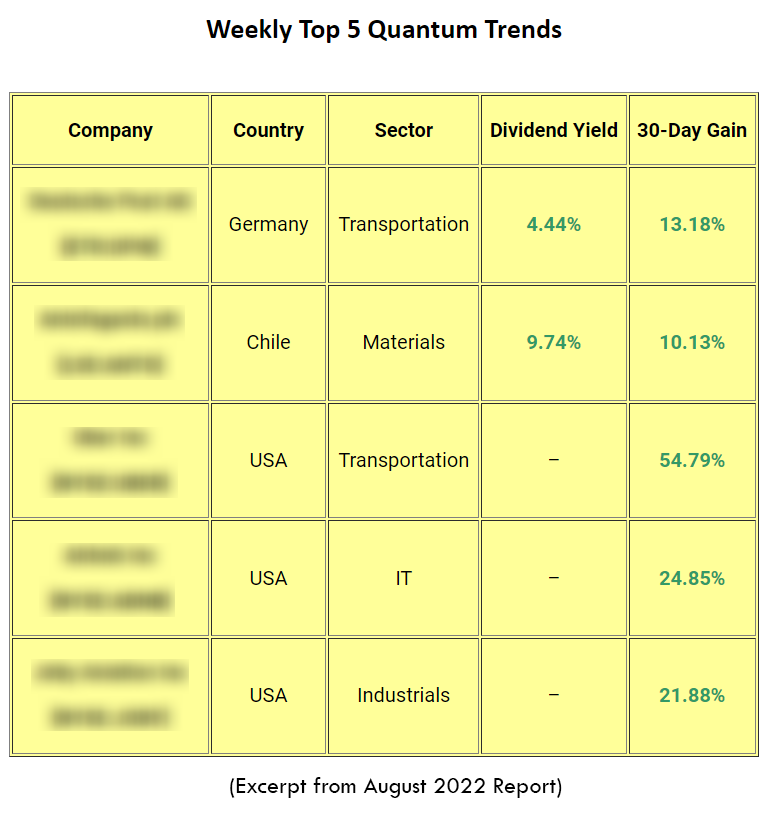Quantum Wealth Summary
- Property markets are competitive. Yet, from time to time, quality properties are mispriced every day on global share markets.
- As central banks raise interest rates to try and break inflation, there’s been a sell-off of certain REITs (real estate investment trusts) and other property-based stocks that are using debt leverage.
- There also appears to be fear of a recession that could increase vacancy rates in commercial property. Is this notion being oversold?
- We take a look at a property business listed on the ASX. It’s now showing significant discount on its assets.
- As a bonus: we also reveal our Weekly Top 5 Quantum Trends. These are the most impactful global opportunities that we are currently watching this week.
Years ago, an office colleague invested in a high-risk software business that had just listed on the stock market.
He’d bet $100,000 on this company and its founder.
This turned out to be a very good investment indeed.
The company’s software became successful following widespread use by small businesses. His investment over several years grew close to $1 million. He sold out and bought a house.
Then, sadly, his marriage broke up.
He asked me if my strategy, going forward, could find more such opportunities.
I advised him that such opportunities are rare. He took a huge risk on this software company. Investing when earnings were uncertain. When there were next to no assets.
So he could have lost his $100,000.
On that basis, he deserved every cent of the huge return received.
I’d rather invest in businesses that have a margin of safety. Where you can clearly see the potential in its numbers. And can buy at a discount for future gains. Ideally getting paid from dividends while you wait.
Right now, this inflation-wary market is presenting some opportunities with these features.
When it comes to selecting companies to invest in, you’re typically buying into three key components:
- Future earnings.
- Tangible assets.
- Intangible assets.
My colleague’s software stock was all about future earnings. He was betting that the software would be popular with large numbers of subscribers. It was. But any certainty on that was highly speculative when he laid down his money.
It’s generally easier to see a company that has an earnings track record. Then assess the future value with a discounted cash-flow analysis.
Earnings analysis comes down to the P/E. Price-to-earnings ratio.
If you buy a business at a P/E of 10, this is basically saying it’s going to take 10 years to earn back your investment. Assuming earnings stays the same over the years.
Of course, if earnings double, then it could only take 5 years.
Another ratio reveals what you’re actually buying. P/B. Price-to-book ratio.
Or P/TanBk. Price-to-tangible-book ratio.
Remember: assets can be both tangible (property, land, buildings, plant and equipment) and intangible (branding, goodwill, and other IP).
It’s the tangible assets, based on registered valuations, where you may be able to identify specific value. And the opportunity of a meaningful discount now.
Let’s take a look at a prime example…








Simon is the Chief Executive Officer and Publisher at Wealth Morning. He has been investing in the markets since he was 17. He recently spent a couple of years working in the hedge-fund industry in Europe. Before this, he owned an award-winning professional-services business and online-learning company in Auckland for 20 years. He has completed the Certificate in Discretionary Investment Management from the Personal Finance Society (UK), has written a bestselling book, and manages global share portfolios.